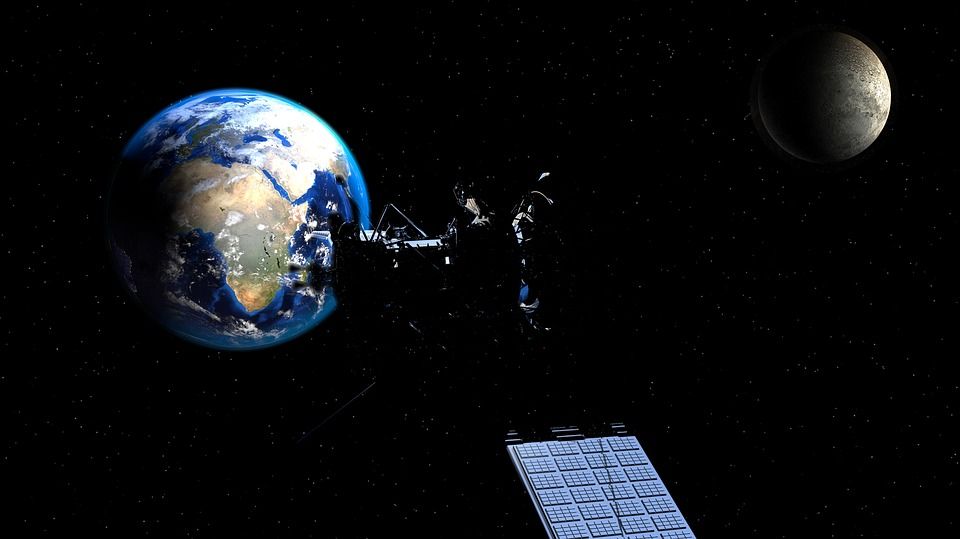France and China to study ocean-based climate change
The space agencies of France and China have joined forces to put a new satellite into orbit to improve the prediction of ocean storms and cyclones and create more informed climate models.

The space agencies of France and China have joined forces to put a new satellite into orbit to improve the prediction of ocean storms and cyclones and create more informed climate models.
The China-France Oceanography Satellite (CFOSAT) constitutes the first satellite to be jointly constructed by the two countries and will have two fitted radars, each operated by one country.
The French agency is developing a radar system to measure the wavelength and direction of ocean waves and the Chinese agency is developing the radar to measure the direction and strength of the wind.
The partnership aims to improve the accuracy of forecasts for storms, hurricanes, and cyclones that originate in the oceans and to deepen the understanding of how the oceans and the atmosphere interact in order to improve climate models that predict climate change.
One of the main drivers behind the new collaboration is the increased number of extreme weather events such as hurricanes and storms, and the increasing evidence that shows a correlation between climate change and the intensity of hurricanes.
The two countries have been working closely for the past decade, and have also acknowledged that there is a political component involved without revealing any further details.
Lili Wang, China's CFOSAT project manager said: "We partnered with France because we were certain of the support of both states, but also because of France's expertise in wave analysis”.
Daniele Hauser, France's research lead on the project told AFP: "In practical terms, it will be used to improve forecasts of strong storms, cyclones or waves for all coastal activities”.
"We think that if we can improve climate change predictions, we can better prevent it”.
The 650 kg satellite will be sent into orbit in the second half of 2018 via a rocket in China’s ‘Long March’ programme.





